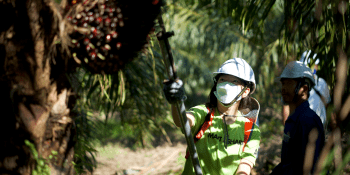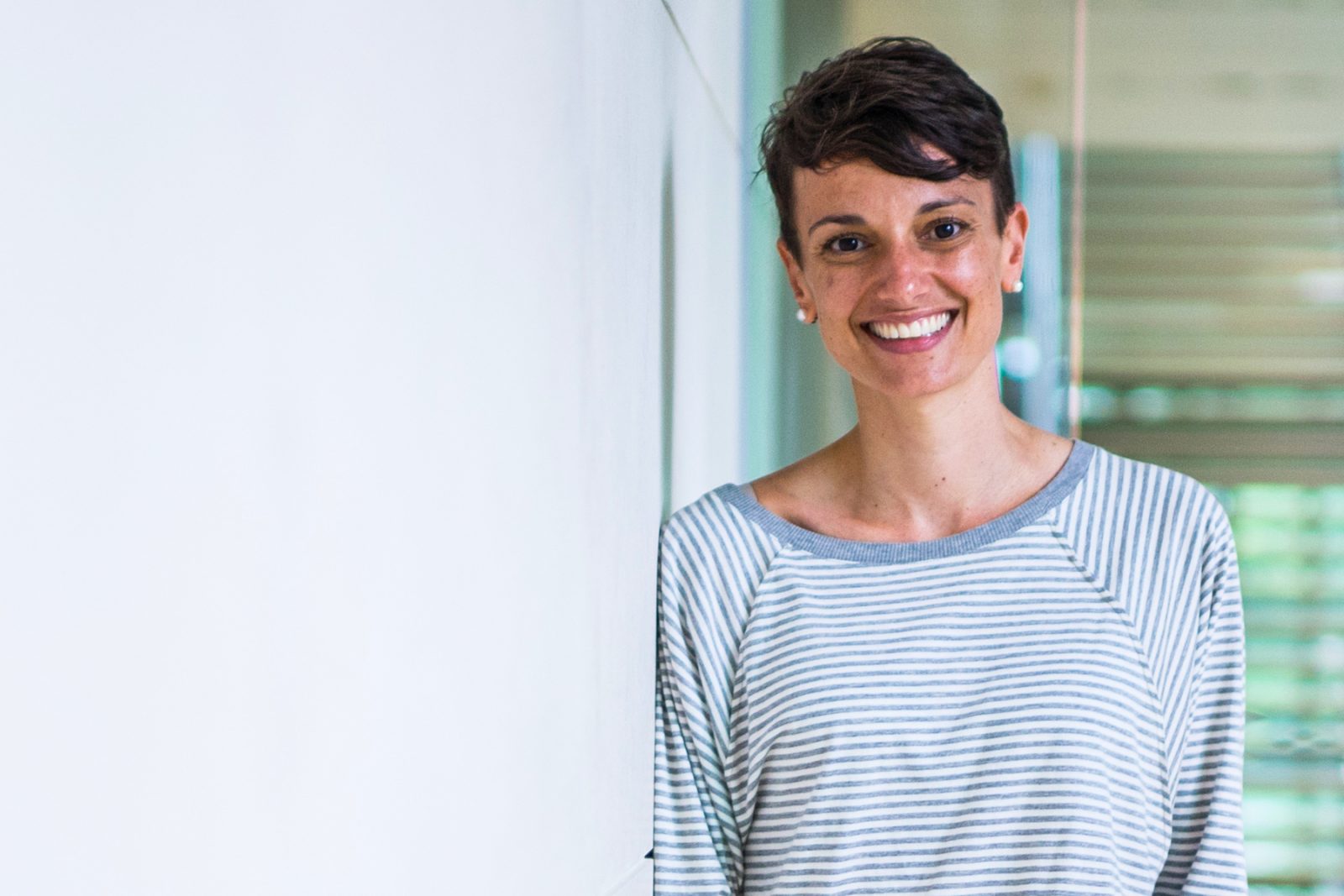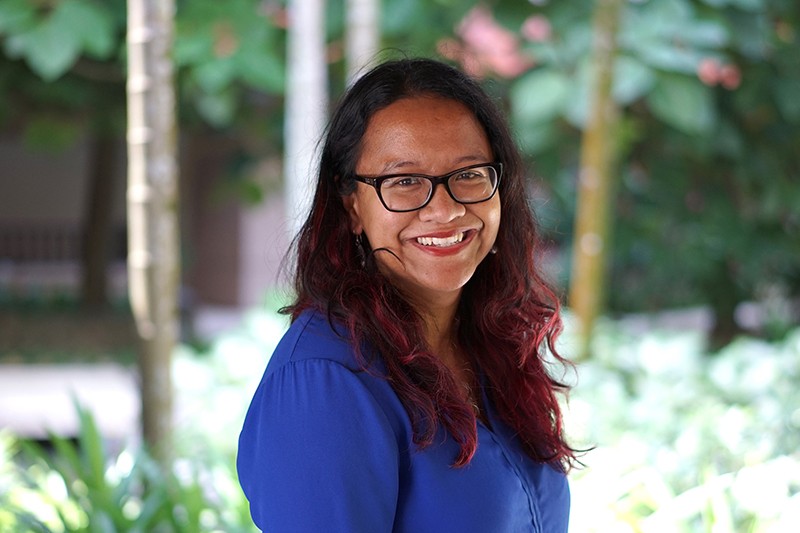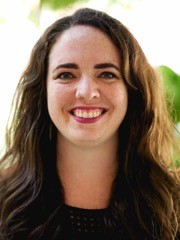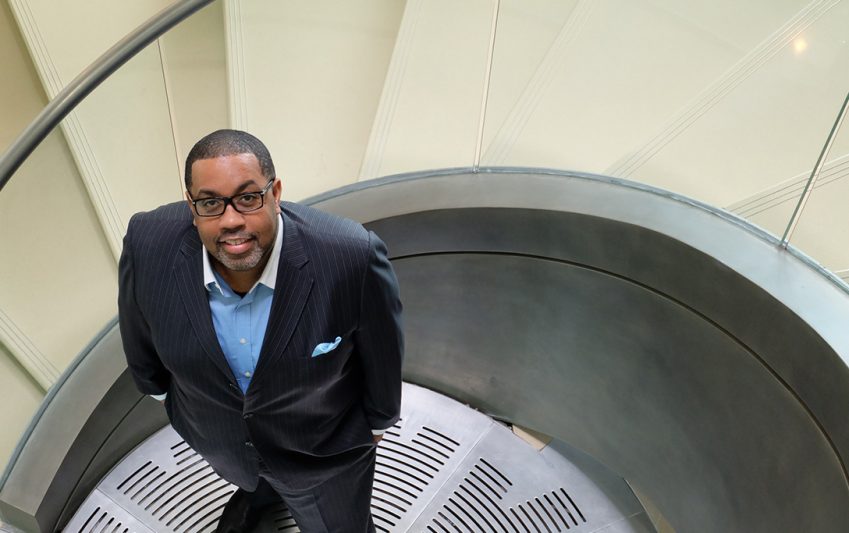As admissions representatives, we are sent hundreds of resumes and statements of intent from prospective MBA candidates every year. In this article, we share what makes some exceptional applications stand out while others fall flat. Overall, admissions teams evaluate applicants based on the qualities they are looking for in their MBA candidates. Most schools look for similar qualities such as leadership, teamwork, and creativity, as well as some unique qualities based on the ethos of the program. With that in mind, let’s talk about the resume.
Your resume is a tool that helps convey your personal success and impact to the admissions team. When we read a resume, we look for the impact you’ve had in an organization beyond the day-to-day tasks in your job description. We look for ways that you have demonstrated the qualities we’re looking for, and we often source interview questions from your resume to give you the chance to demonstrate your strengths. That said, you should make sure everything you list on your resume is something you are ready and willing to discuss in detail.
For example, if you pad your resume with startup experience that isn’t meaningful just because you believe it fits with our culture, you run the risk of falling flat in your interview when we ask you about it. Along the same lines, I would warn against over-quantifying when it isn’t necessary or meaningful, especially if you cannot explain how you arrived at a number.
Finally, make sure to follow the instructions for resume formatting as they differ for each school. Following directions not only makes our job easier but also impacts our evaluation of your overall application. Let’s now talk about the statement of intent, which we and some other schools call a “cover letter.” Unlike with the resume, there are few tips that apply universally to the content in a statement, as every school will be looking for different things. The most important piece of advice when writing your statements is to customize them for every school. Before you write, research the culture of each school and determine what you think sets that school apart.
Tailor the statement to why you believe that particular school is a fit for you over any other school. Don’t just summarize facts about the school to prove that you’ve done your research, but make a connection between what the school provides and your background and career goals. As with the resume, determine the qualities you want the statement to convey, such as leadership or teamwork, and provide evidence of them without explicitly stating that you have them. This evidence should be a mix of qualitative and quantitative information, and not simply restate what’s in your resume, video, or any other part of your application.
This article was originally published on BusinessBecause, a network helping MBA students make connections before, during and after their MBA.

